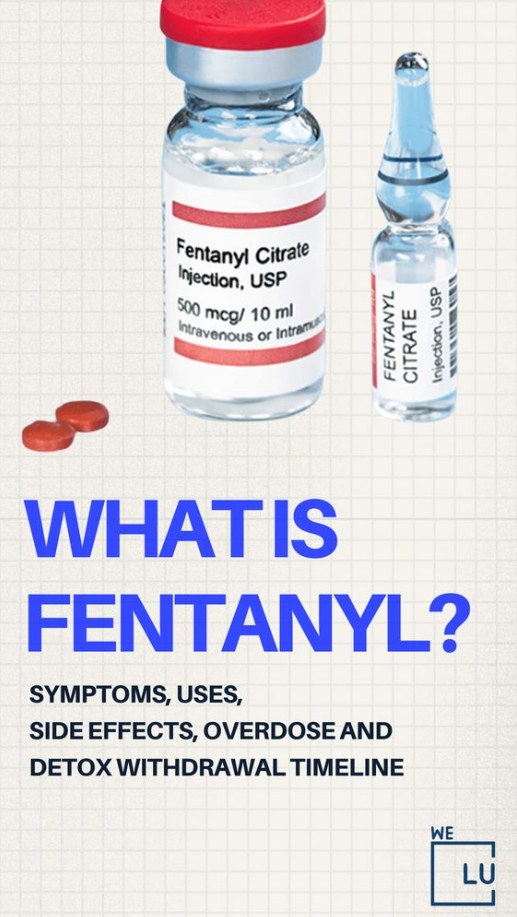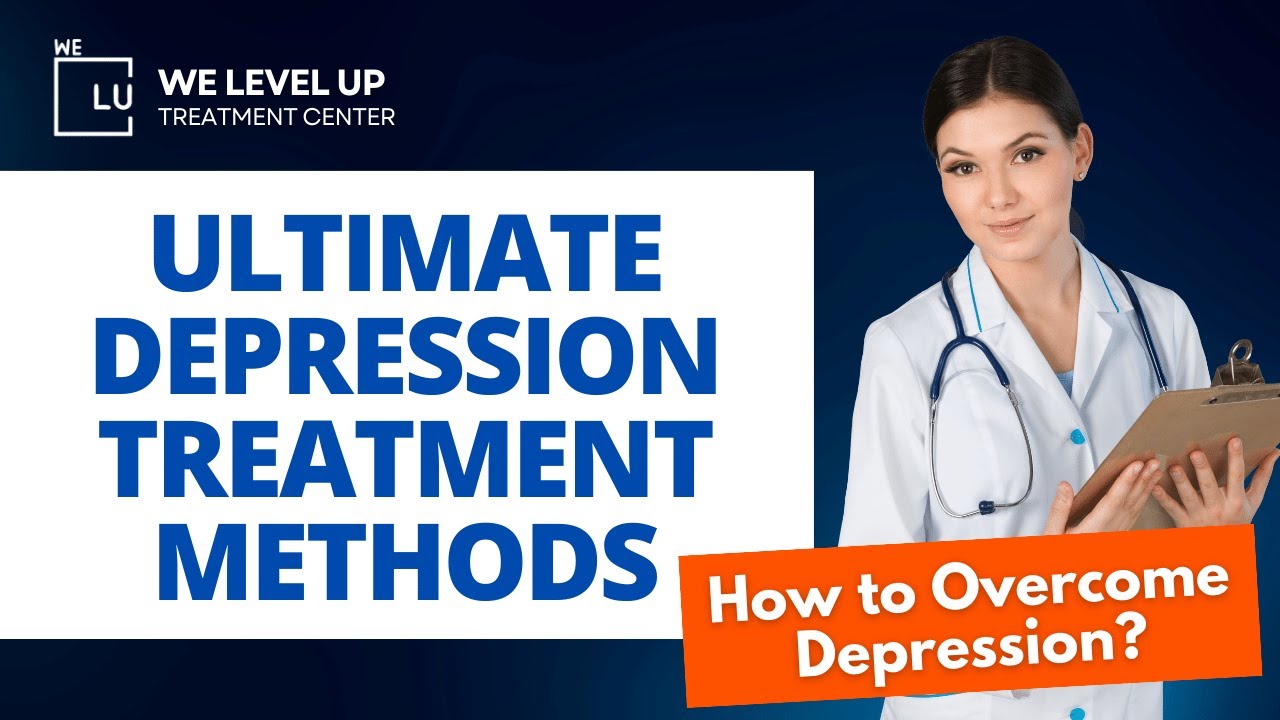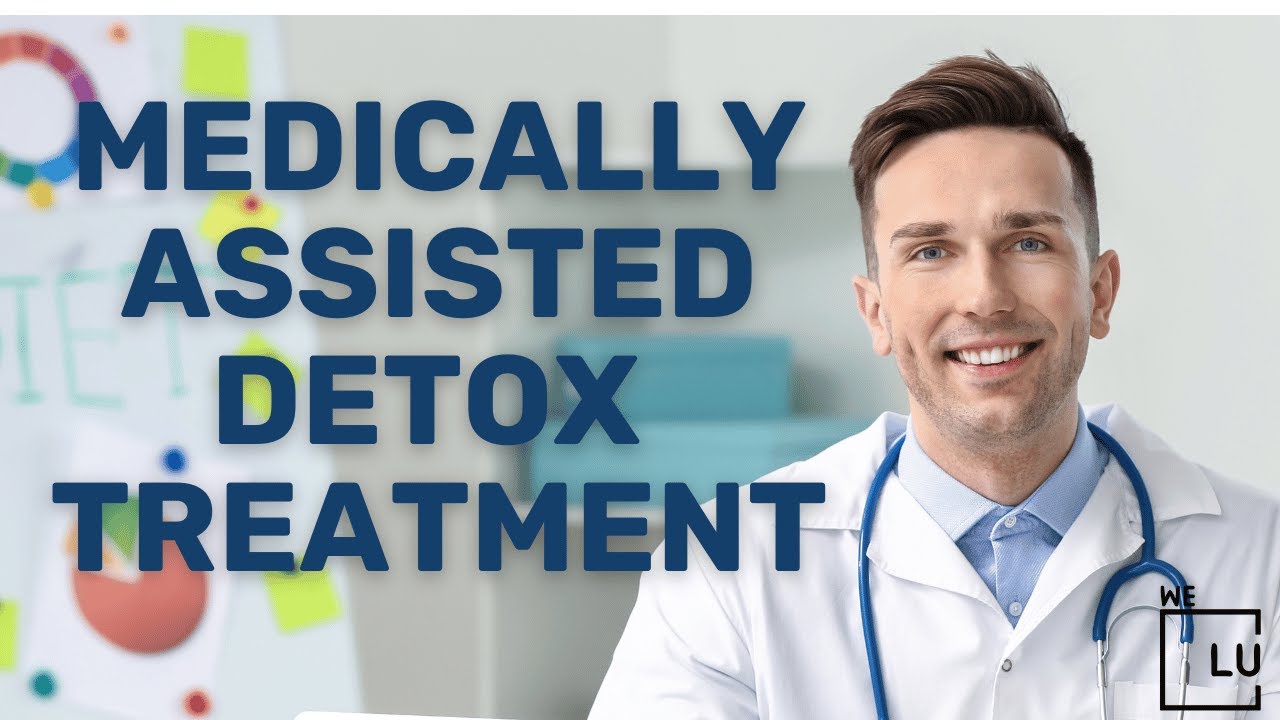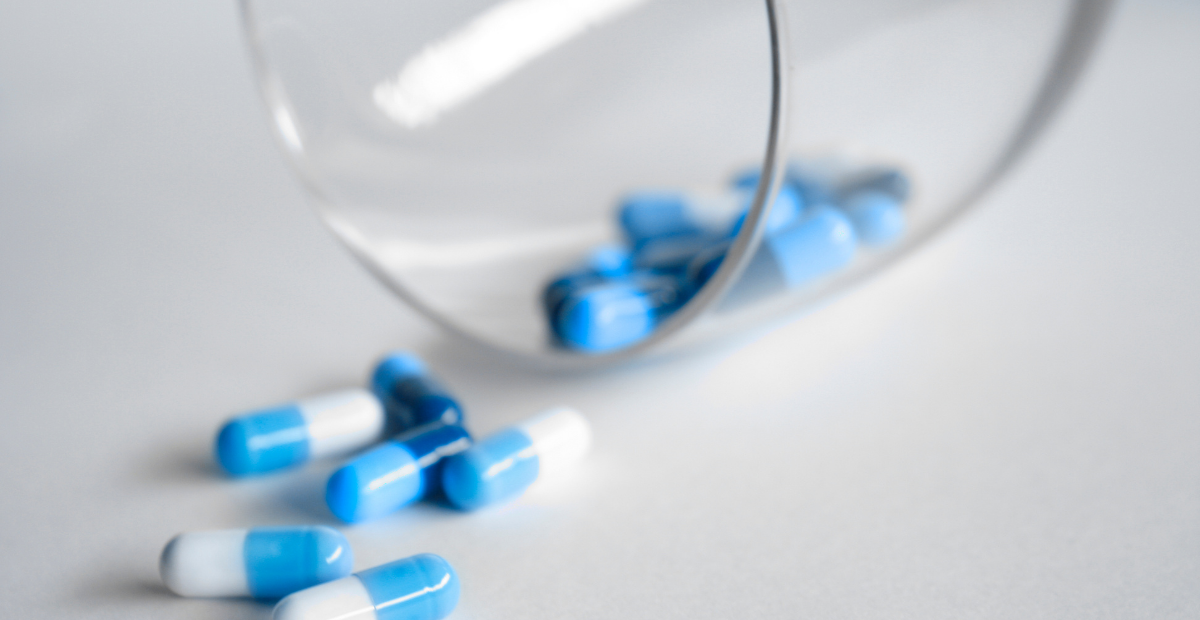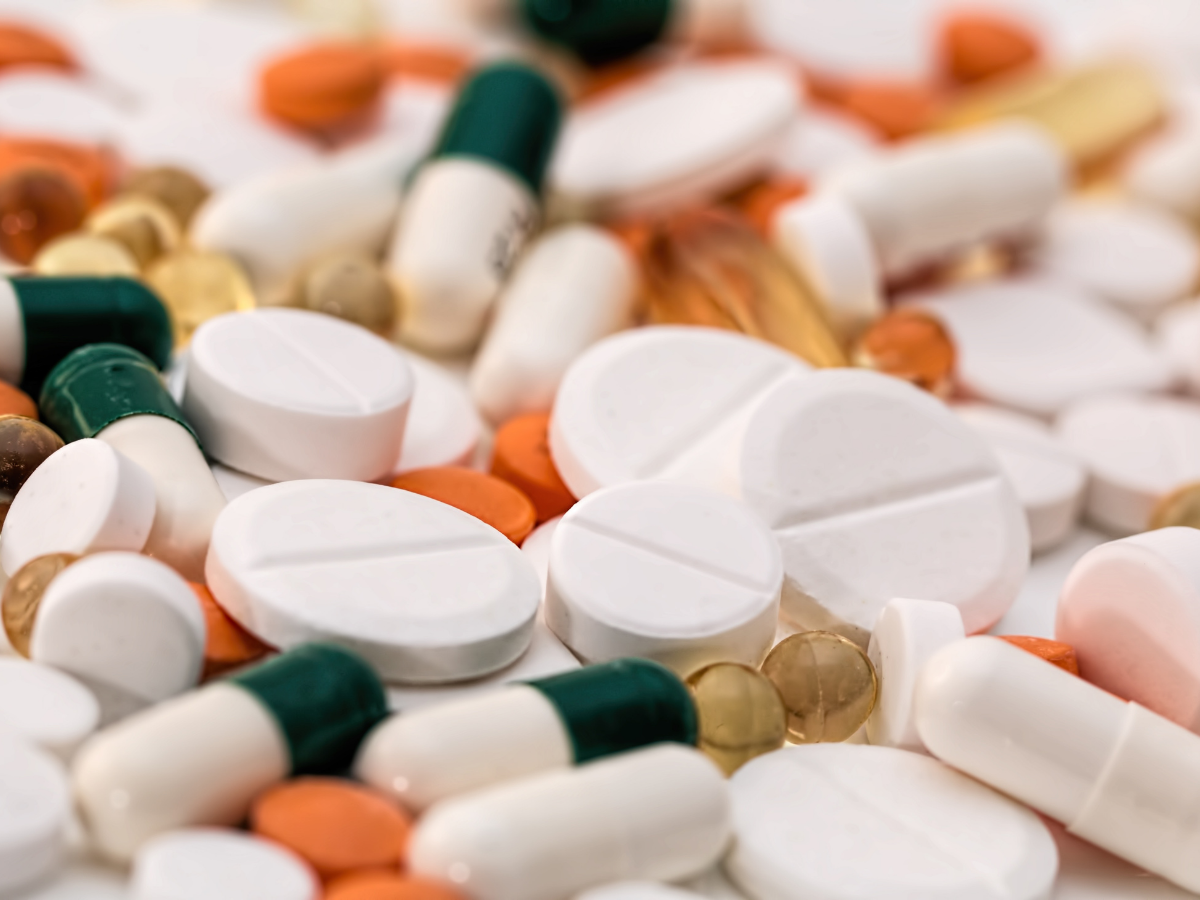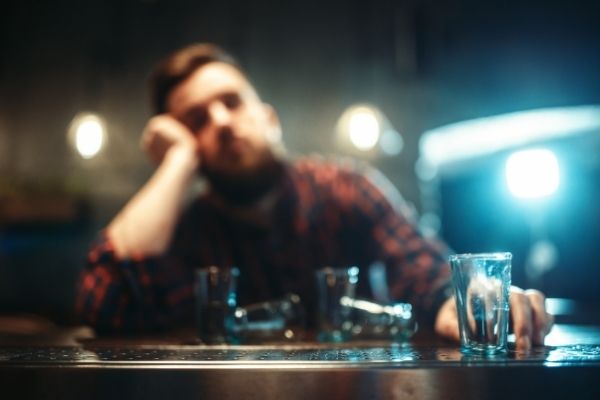What is Microdosing LSD?
The practice of microdosing LSD, which consists of ingesting a hallucinogen at 5-10% of a dose that would induce a psychedelic effect, has recently been the subject of growing interest by the media. [1] Microdosing lysergic acid diethylamide (LSD) involves taking a very small dose of the substance. Advocates of microdosing LSD claim the practice has numerous health benefits, such as improving cognition and mood and reducing pain. However, there is currently not enough scientific evidence to prove these claims are true.
There is no set rule as to whether microdosing LSD or any psychedelics is a type of substance use disorder. The accepted definition of substance misuse is the use of prescription, illegal drugs, or over-the-counter drugs or alcohol in excessive amounts or for other purposes than originally intended.
The Diagnostic and Statistical Manual of Mental Disorders, 5th edition (DSM-5) states that substance misuse in terms of hallucinogenics is “A problematic pattern of hallucinogen (other than Phencyclidine) use leading to clinically significant impairment or distress as manifested by two of the following, occurring within a 12-month period.” By this definition, microdosing is not substance misuse.
Therefore, microdosing with LSD is technically not substance misuse because it does not involve taking drugs in excess or for an unintended purpose. However, authorities have still classified psychedelics as illegal drugs in the United States. Additionally, most psychedelics remain illegal throughout the world, despite increasing evidence of their potential benefits in treating numerous conditions. [2]
What is a Microdose?
Microdosing involves taking very low doses of a substance, usually a psychedelic drug. When you hear the term “psychedelics,” you might think of hallucinogenic and mystical experiences. Popular psychedelics include LSD (lysergic acid diethylamide), magic mushrooms (containing the psychedelic psilocybin), and DMT (N, N-dimethyltryptamine, part of the spiritual medicine ayahuasca), all of which can cause intense psychological experiences colloquially known as “trips.”
Psychedelics are known to primarily affect serotonin, a chemical messenger that helps nerve cells communicate with other cells in the body. Serotonin is popularly portrayed in the media as being responsible for happiness, but in reality, its functionality is much more complex and widespread. In fact, serotonin is associated not just with mood, but also with cognition, sleeping, eating, thermoregulation, memory, and even physiological processes like vomiting.
How to Microdose LSD?
The practice of microdosing psychedelics involves ingesting sub-hallucinogenic amounts of a psychedelic substance (e.g. LSD, psilocybin) and has recently grown in popularity. The number of popular media accounts and book-length treatments of microdosing has been growing.
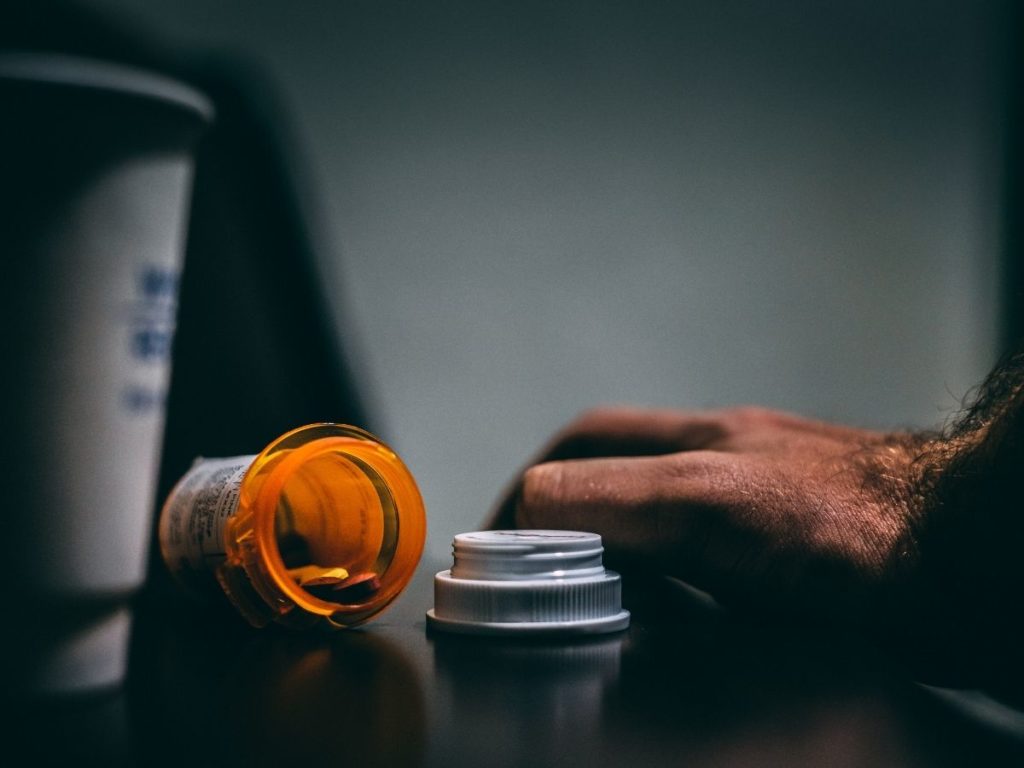
The U.S. Department of Justice considers the following substances as Schedule I and the people who often microdose psychedelics use them as well:
- LSD – Lysergic acid diethylamide, also known colloquially as acid, is a psychedelic drug. Effects typically include intensified thoughts, emotions, and sensory perception. At sufficiently high dosages LSD manifests primarily visual, as well as auditory, hallucinations.
- “Magic” mushrooms – Psilocybin mushrooms; commonly known as magic mushrooms, mushrooms or shrooms, are an polyphyletic informal group of fungi that contain psilocybin which turns into psilocin upon ingestion. When you ingest psilocybin, your gut converts it into another chemical called psilocin, which triggers changes in the brain. It increases activity in the visual cortex, leading to changes in perception and it decreases network activity in the “default mode network,” driving the experience of ego loss.
- DMT – DMT (N,N-Dimethyltryptamine) is a hallucinogenic tryptamine drug that occurs naturally in many plants and animals. It is also referred to as the “spirit molecule” due to the intense psychedelic experience.
- Ibogaine – Ibogaine is a naturally occurring psychoactive substance found in plants in the family Apocynaceae such as Tabernanthe iboga, Voacanga africana, and Tabernaemontana undulata. It is a psychedelic with dissociative properties.
- Ayahuasca – Ayahuasca is a South American brew traditionally used as part of deeply spiritual, shaman-led ceremonies. It contains DMT and can have many of the same effects, though some users find it less predictable. Currently, the only way to legally use ayahuasca is if a person is a member of one of the two religious groups who use the substance as part of their healing ceremonies.
- Cannabis – Not everyone’s experience with marijuana is pleasant. It often can leave you anxious, afraid, panicked, or paranoid. Using marijuana may raise your chances for clinical depression or worsen the symptoms of any mental disorders you already have. Scientists aren’t yet sure exactly why. In high doses, it can make you paranoid or lose touch with reality so you hear or see things that aren’t there.
- Cannabidiol (CBD) – Cannabidiol is one of the two best-known active compounds derived from the marijuana plant. The other is tetrahydrocannabinol, or THC, which is the substance that that produces the “high” from marijuana.
Schedule I drugs, substances, or chemicals are defined as drugs with no currently accepted medical use and a high potential for abuse. Some examples of Schedule I drugs are heroin, lysergic acid diethylamide (LSD), marijuana (cannabis), 3,4-methylenedioxymethamphetamine (ecstasy), methaqualone, and peyote. [3]
Dangers Of Microdosing LSD
It is unclear whether microdosing LSD has any specific risks or if it increases the risk of drug addiction. However, some studies involving rodents found that taking a low dose of LSD every other day for several months resulted in side effects. [4]
These side effects lasted weeks following the end of microdosing and included:
- Increased aggression
- Scruffy appearance
- Hyperreactivity
- Trouble or inability to feel pleasure
Drugs that activate serotonin receptors can also potentially cause serotonin syndrome, which can cause:
- Shaking
- Skin jerking
- Hyperthermia, when the body has issues maintaining its normal temperatures
In a 2019 study, around one-fifth of participants who completed an online survey reported experiencing negative side effects, mostly psychological ones, while under the influence of LSD. Other studies, some using rodents, such as rats, found that in some cases, [5] microdosing LSD caused:
- Anxiety
- Migraine
- Fear
- Frustration
- Temperature regulation problems
- Numbness or tingling
- Insomnia
- Reduced appetite
- Gastrointestinal symptoms
- Issues with focusing
- Reduced energy
- Reduced mood
- Cognitive problems, such as racing thoughts, poor memory, and confusion
The Impact of LSD Microdosing & LSD Microdosing Experience
Microdosing LSD and other Hallucinogens initially gained popularity among drug users sharing their experiences on the internet. Practitioners used online community forums (such as Reddit) and Psychedelic information sites’ message boards (like Erowid) to boast about the “benefits” of microdosing.
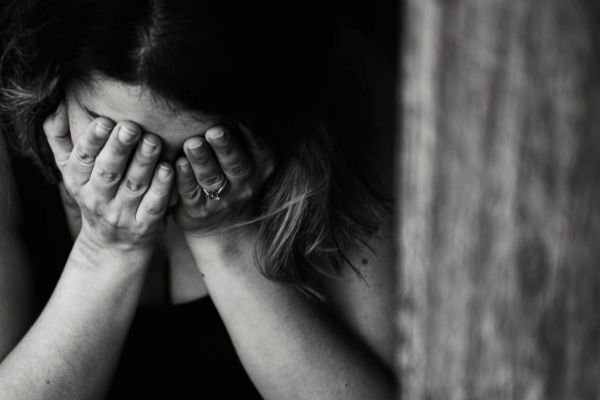
While both LSD and Magic Mushrooms are illegal on the federal level in the US and in many other countries, more and more people are beginning to claim that small amounts make them feel more focused, creative, and productive. Testimonies of individual experiences with microdosing can be found from people of nearly every demographic: young tech industry employees, middle-aged parents with children, and even high-ranking corporate executives from prominent companies.
However, these testimonials don’t come from medical or psychiatric professionals. LSD and other Psychedelics are dangerous and illegal; their use can cause serious medical, social, and legal complications. [6]
The question, however, is not just whether microdosing LSD is effective, but also whether it’s safe. Until clinical trials are complete, we will not have a full answer, but there is already research to suggest that certain people may be vulnerable to negative side effects. In particular, some people may have psychotic episodes or other mental health issues triggered by taking psychedelics, especially if they have a history of psychosis or pre-existing risk for serious psychiatric disorders like schizophrenia or bipolar disorder. Although microdosing involves a much lower amount of the drug, it is still possible that the negative consequences may hold true.
Furthermore, survey research has revealed side effects specific to microdosing. Some people have reported unwanted symptoms such as migraines, over-stimulation, difficulty sleeping, physical discomfort, and sometimes even anxiety, despite the promise of these drugs to alleviate it. It is not yet well-understood how these symptoms relate to the exact dosage, scheduling, and type of drug taken, but they do show that negative effects can potentially occur.
All in all, it is still far too early to say whether microdosing is a viable way to harness the potential of psychedelics for mental health treatment. Much more research needs to be done to understand not only how it works, but what the potential consequences and side effects are. If clinical trials confirm the safety and efficacy of microdosing psychedelics, these could represent a new avenue for mental health treatment. [7]
Microdosing LSD Addiction Treatment
Taking any illicit substance is dangerous. Given the illegality of LSD and other Hallucinogens, there is a high potential for dealers to lace them with other drugs like Fentanyl, Ketamine, or Meth. These adulterants are not only highly addictive but may cause a fatal drug overdose.
Tolerance and dependency develop during the course of repeat cycles of abuse as a number of physiological adaptations to hallucinogen use and residual changes in the brain and central nervous system functions take place. Some of the effects are dramatic leading to severe depression and other emotional, cognitive, psychomotor, and behavioral or personality disorders that are difficult to reverse.
Detox
A large majority of hallucinogen abuse detox treatments are when the abuser suffers a “bad trip”, overdose, injury, or other medical complication from their hallucinogen abuse. Detox treatment for hallucinogens abuse and addiction primarily involves close observations and interventions for the dangerous side effects that hallucinogens can cause as well as the withdrawal symptoms that evolve as the drugs are eliminated from the system.
Stabilization is the first stage of effective treatment that may require medications such as anti-depressants, anti-psychotics, or anti-anxiety drugs to make sure the safety of the person and those around them can be ensured.
Counseling Services
The individual, group, and family counseling services are offered in the majority of mental health and substance abuse treatment programs to “get to the root of the problems”, improve communications and relationships, and motivate the abuser toward positive changes. . The structured guidance of a counselor helps the patient stay on track and in the right perspectives as they strive to achieve their potentials and goals of recovery.

Cognitive Behavioral Therapy
Cognitive-behavioral therapy (CBT) is a widely used treatment for hallucinogens abuse and addiction to help individuals identify negative thought patterns, emotions, and problematic behaviors and learn how to make healthy lifestyle changes that decrease the urges to use hallucinogens and other substances; paying particular attention to symptoms of psychosis, depression, and other co-existing mental health-related problems or dual diagnosis that are exacerbated by stress.
Increasing awareness of high-risk situations and warning signs and developing avoidance strategies and coping skills for handling those situations is an important part of treatment known as relapse prevention and knowing what to do should relapse occur is equally important to ensure any long-term recovery success.
If you, your friend, or your family need help with substance abuse or microdosing LSD, contact us today here at We Level Up TX.
Sources:
[1] Microdosing LSD: practices and risks – National Center for Biotechnology Information
[2,4-5] What to know about microdosing LSD – https://www.medicalnewstoday.com/articles/microdosing-lsd
[3] Drug Scheduling – Drug Enforcement Administration
[6] Microdosing LSD – https://www.addictioncenter.com/drugs/hallucinogens/lsd-addiction/microdosing-lsd/
[7] Can Microdosing Psychedelics Improve Your Mental Health? – https://sitn.hms.harvard.edu/flash/2020/can-microdosing-psychedelics-improve-your-mental-health/
